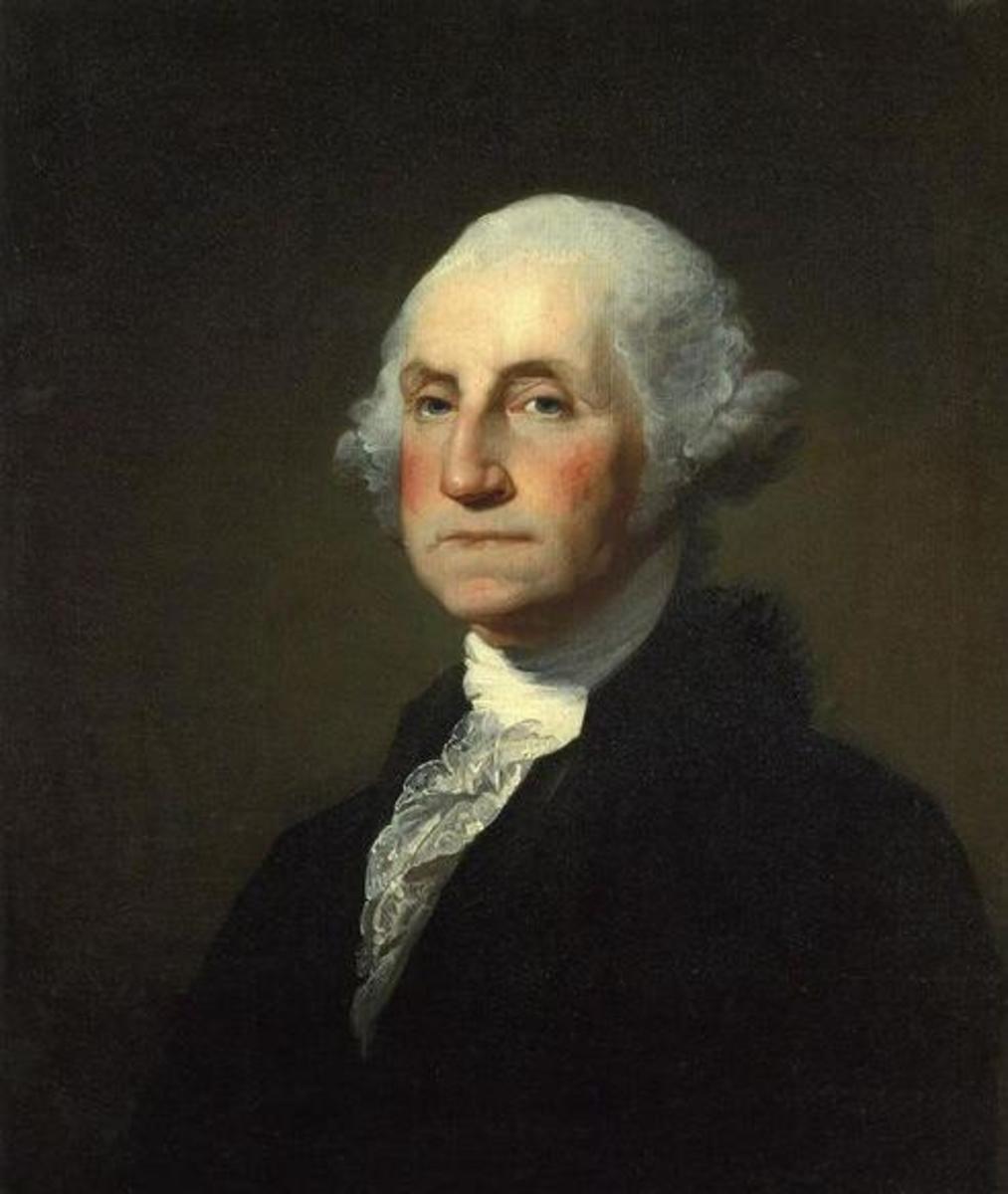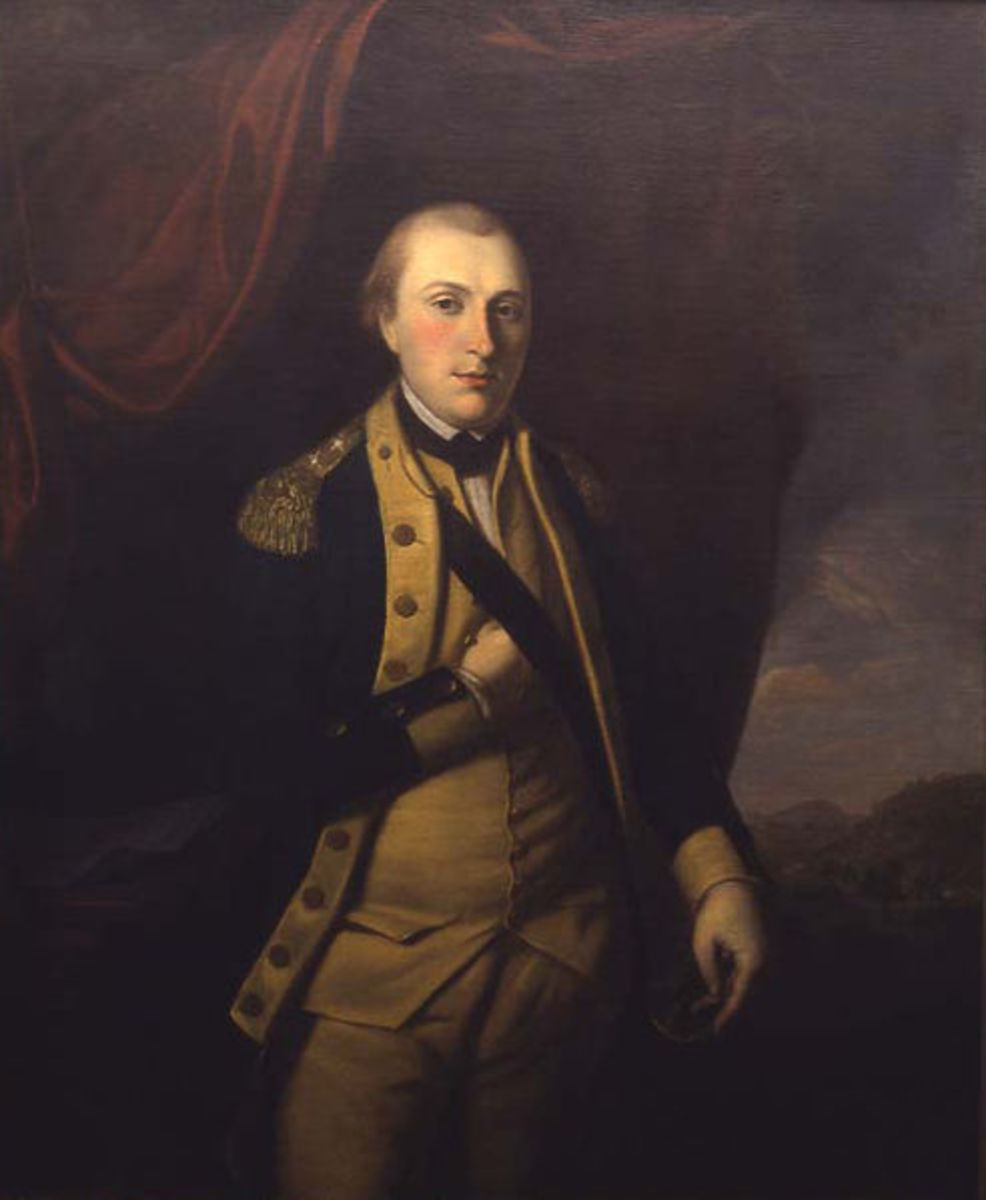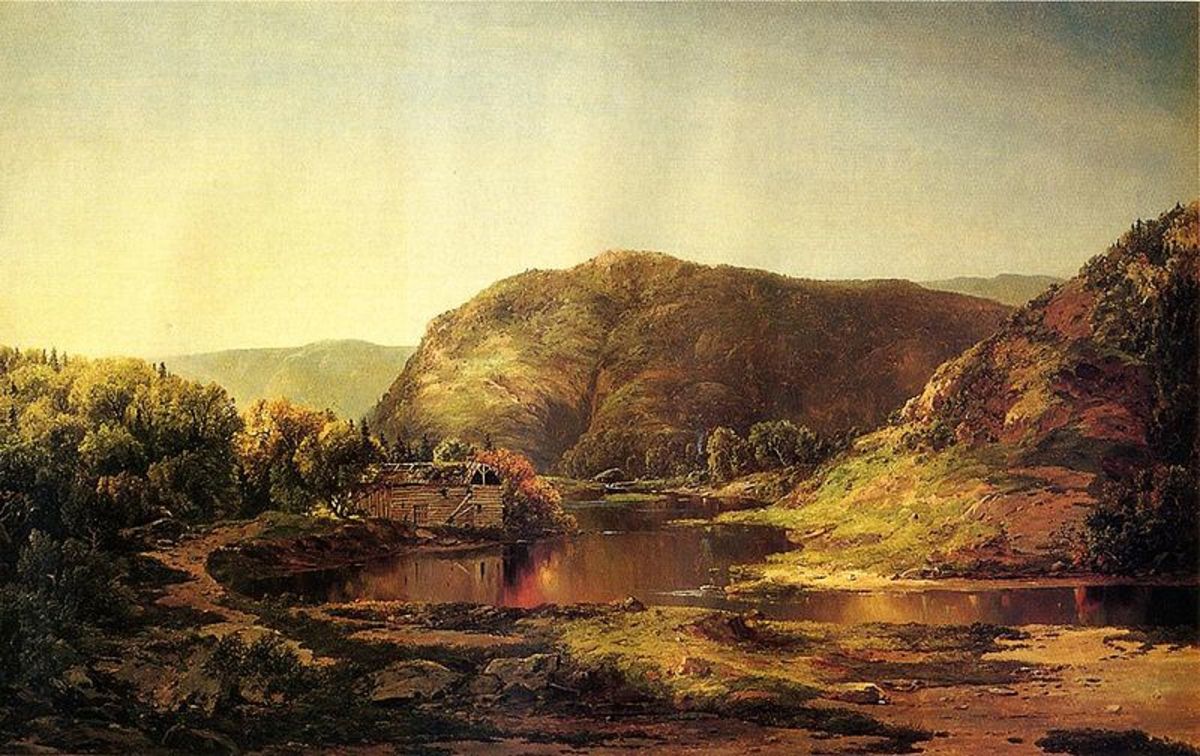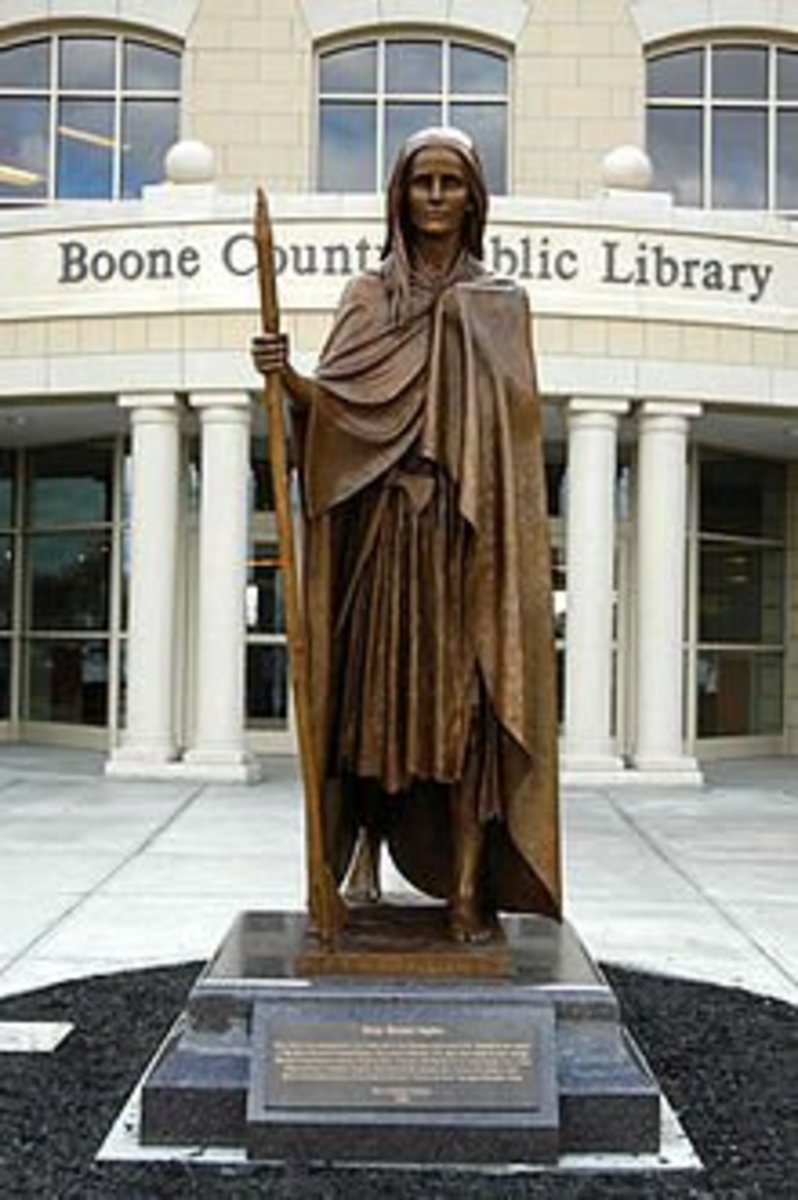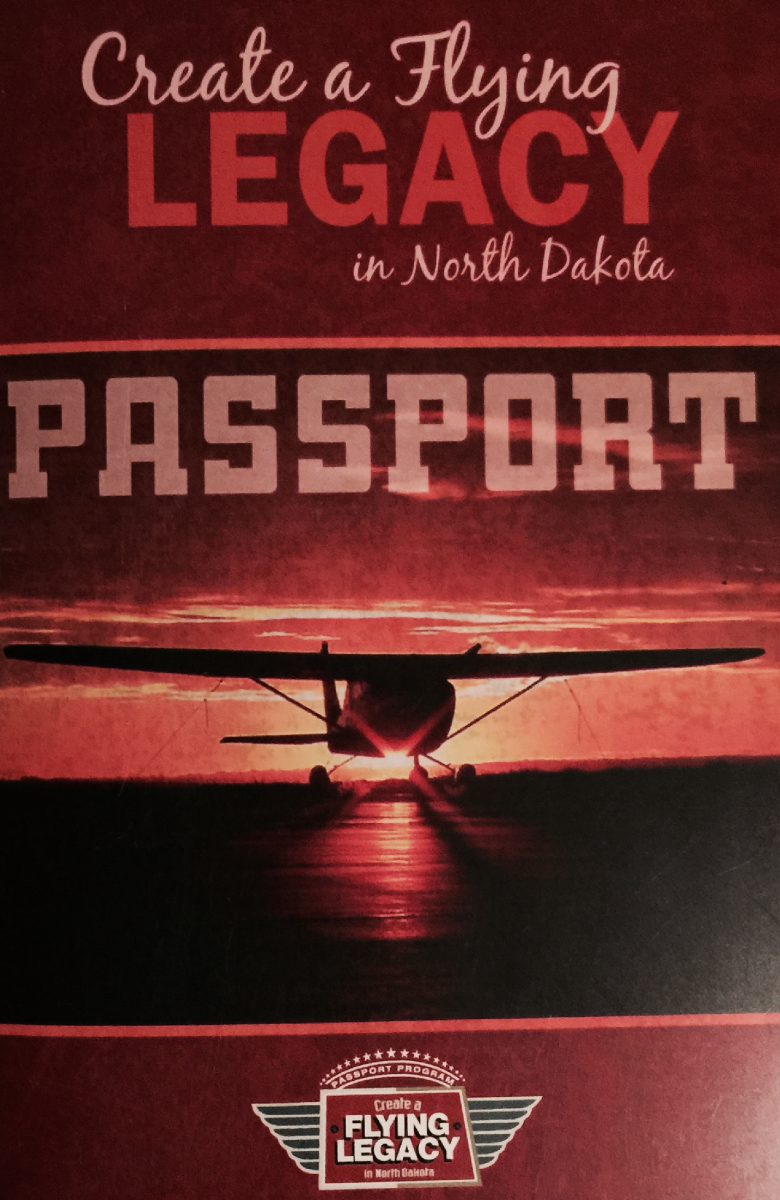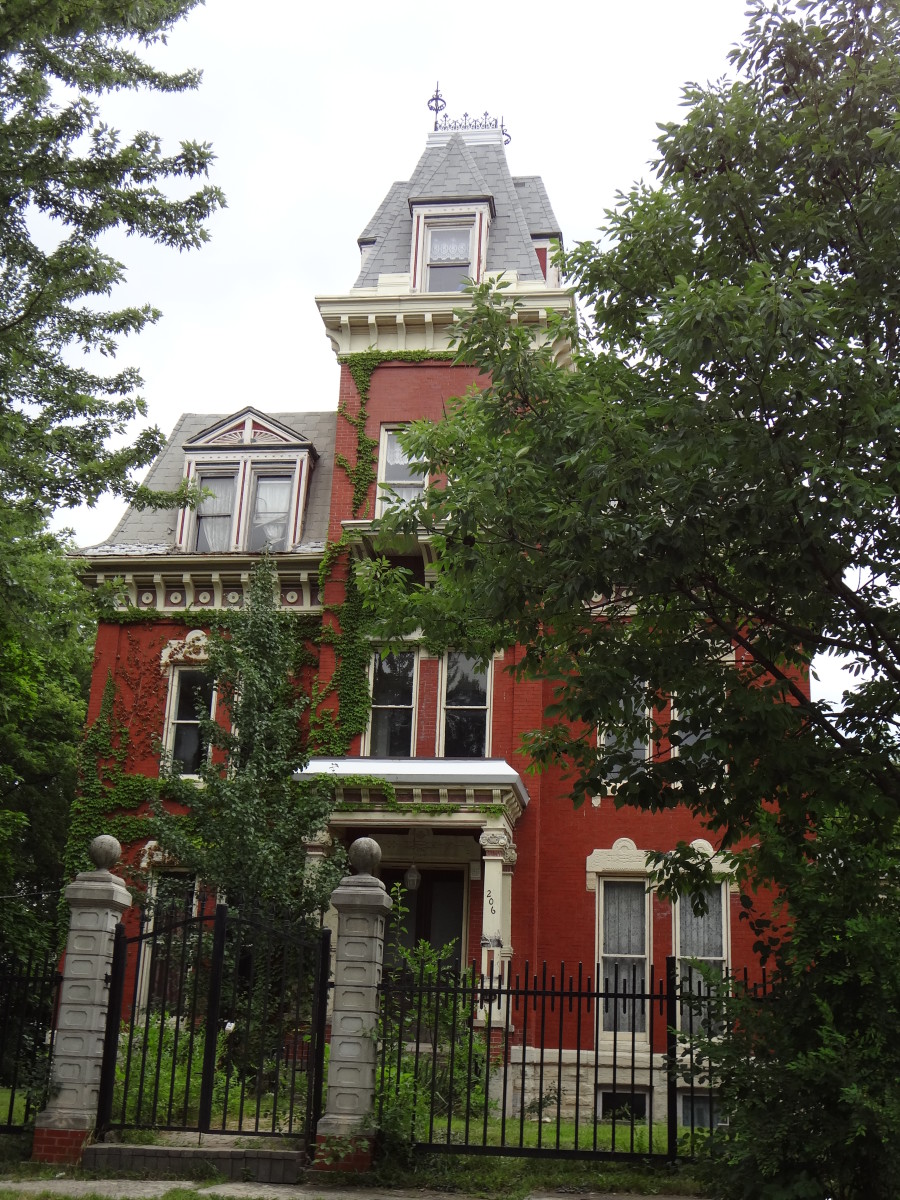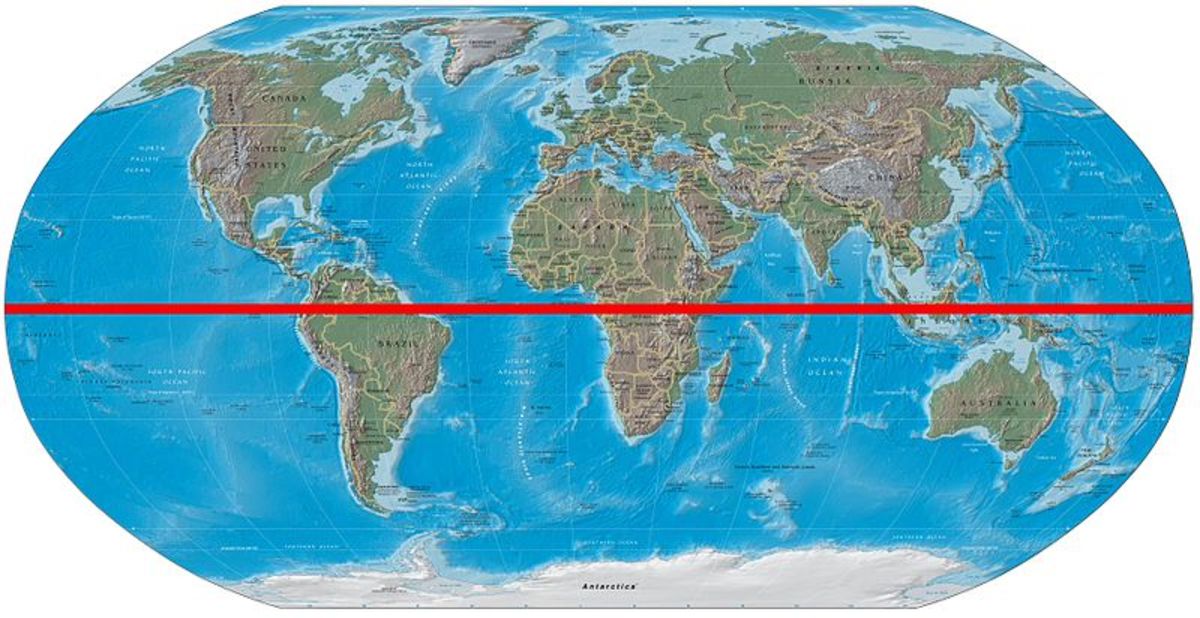Virginia - See Jamestown & Yorktown for $10
Jamestown
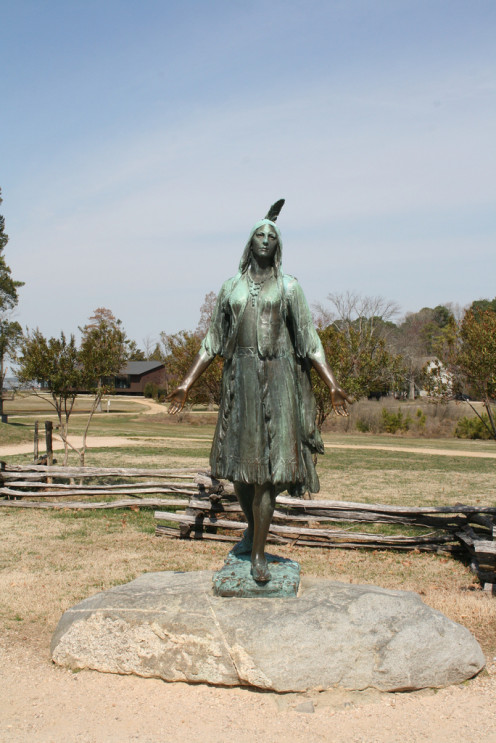
Visit Both Parks for Only $10!
It's worth the time, if you are in the area to visit both Jamestown and Yorktown National Parks and skip Busch Gardens. I have two teens who would roll their eyes at the mention of watching a history documentary but who were excited by going to both places. I attribute this directly to the experienced and passionate Park Rangers who give the kids (and adults) the ability to picture the fight, who make it fun and are, themselves, funny. The personal touch of small stories of real people or battles - stories you can't read about online or in books - add serious value to these tours.
Additionally, the face lift that the National Park Service (NPS) has undergone now allow visitors to enjoy air conditioned theaters with ongoing films, museums with artifacts and interactive displays, and indoor talks with Rangers, all for the admission price of $10 per adult. With three children under age 15 years, $10 was the total cost for our family of four and the one-time entrance fee allowed us access to the facilities at both Jamestown and Yorktown for an entire week. Besides the free parking, there was a free shuttle between both towns that stopped at the free beach, shopping, and dining areas. It doesn't get better (or cheaper) than that. Children will enjoy the Junior Ranger program, which took us all over the historic area of Yorktown and we were able to get a behind-the-scene peak at a hole in an interior wall of a home from the times where the remains of a cannon imprint still remain.
Pocahontas Was Married In Jamestown
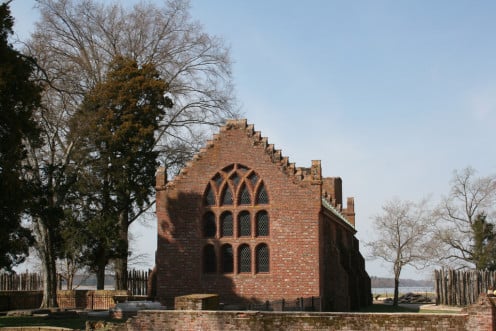
Jamestown - Settled in 1607
In 1606, King James I gave permission to London's Virginia Company to establish a British settlement, 13 years before Pilgrims arrived in the Americas. Jamestown is a painful topic to Native Americans of the area. The Powhatan Indians that lived during the 1600s were decimated by disease introduced by settlers and from war with them. Native people liken this sensitive topic to a type of Holocaust that leaves Jamestown, in their minds, as a symbol of death. Because people lived in this area for 10,000 years prior to the settlement of Jamestown by Europeans, the visit of the settlement is no longer referred to as a type of "discovery" of America. The NPS and Jamestown Settlement Museum has, with respect to the cultures that formed Jamestown, fostered a public understanding that it took three cultures to create the settlement over time: Indian, European, and African. Read the Native Indian viewpoint, in the words of Ken Adams.
Arriving in Jamestown today, there is an actual archeological dig in-progress. Though the archeologists are working and don't normally give tours, we were lucky enough that one of the archeologists gave us a quick talk on the archeology process and what the markers in the area mean. Some buildings are there to explore, including the old church that the prestigious members of the period are buried under, with names marked for visitors. There is a newer facility on the grounds that house archeological finds, including the bones of the buried and their stories on display for the public. My teens found the actual bones of a teenage boy both grotesque and simultaneously fascinating. A period-dressed character of the 1600's or a Park Ranger will guide you on an outdoor tour.
A restaurant is available to eat at, when a break from the tour is needed, but we elected to bring our own food and drink and have our meal in our air conditioned vehicle since it was in the high 90's that day. It is a well-known fact by the locals that the cost of eating here and in Yorktown is quite high. Travelers here can easily spend $50 to feed a family of four, in the cafeteria that offers small servings of overpriced food and drinks. We brought our own food and drink and feasted for free.
The two main ways to explore Jamestown is through the Historic Jamestown, run by the National Park Service and through the Jamestown Settlement Museum, a live reenactment of the lifestyle and work done during those years.
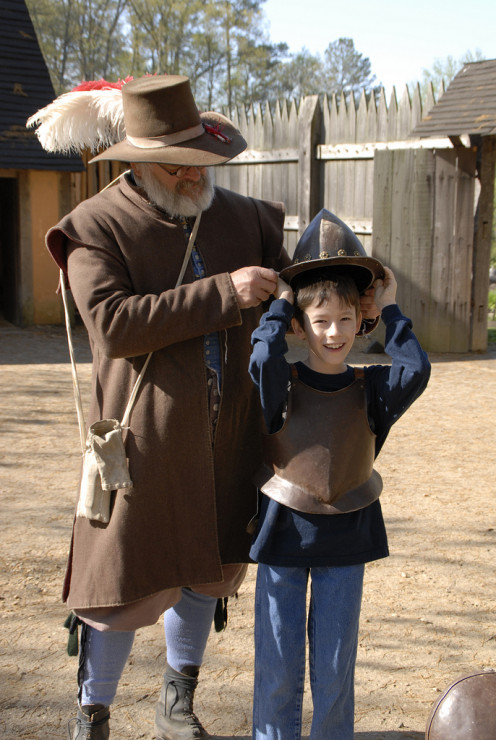
Why Settlers Picked The Spot They Did for A Settlement
Where Did The American Revolution End? Yorktown
If the birth of the Revolution was at Lexington with the fall of eight men at the hands of the British, then the end of the Six Year War, with Lafayette's assistance, occurred in Yorktown. Yorktown was the location of the last great battle of the war with England and the place of the surrender of Washington's nemesis, the General Cornwallis.
The great battle at Yorktown followed a series of skirmishes and movements in other areas that led to the Yorktown location, not more than a large area of flatland and fields. Cornwallis had been ordered to another area but, defying orders, went to Yorktown instead and relieved the commander in place there. By the time Cornwallis had arrived in the Yorktown area, he had left behind his more powerful cannons and supplies, in order to pursue Washington that much faster. Cornwallis had been ordered to stay in Yorktown by his superior, Henry Clinton, and promised more troops from New York. Cornwallis then prepared for the Yorktown battle by building up a type of entrenched stronghold or refuge referred to as redoubts just outside the village. These two lines of redoubts (primary and secondary) formed a semi-circle opposite the Chesapeake Bay and encompassing the town of Yorktown. Then, when learning about the size of Washington's troops in comparison to his own, Cornwallis abandoned these field-based redoubts and withdrew into the actual town of Yorktown, among the people and closer to the sea.
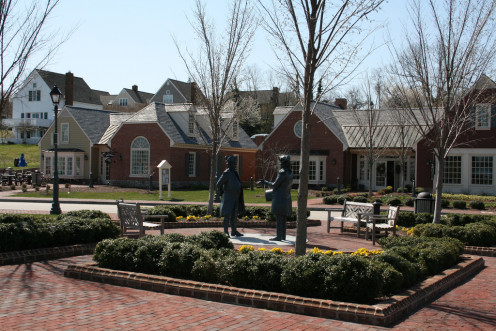
The Leaders in The Battle At Yorktown
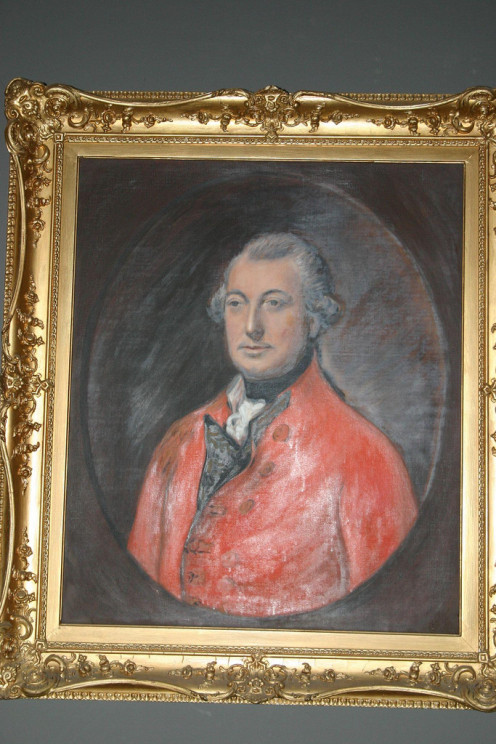
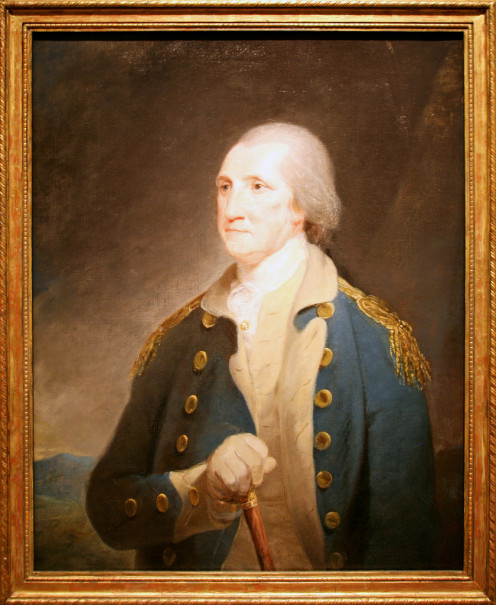
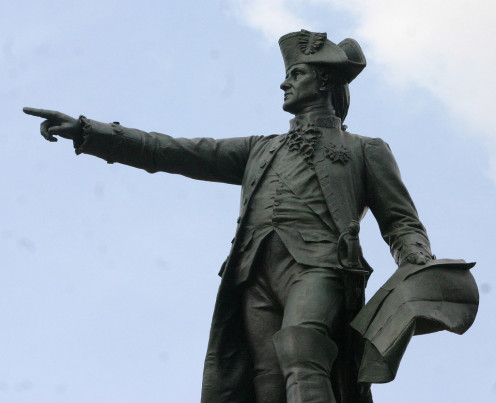
Yorktown: Where Washington & Lafayette Beat Back The Brits
As Cornwallis was doing this, the French allies placed a line of ships to the mouth of the Chesapeake, forming a blockade and keeping out any assistance by sea Cornwallis might have hoped for. Washington and Lafayette seized the opportunity to take over Cornwallis' abandoned redoubts and fortified them further. The only two redoubts still manned by Cornwallis' men were taken over - redboubt 9 by the French and redoubt 10 by the Americans. When in place, the Americans and French bombarded the township with non-stop cannonfire, with weaponry that had a further firing distance than the weaponry of Cornwallis, who with his back to the ocean and his weapons unable to reach the Americans, was placed into a position of little choice.
He made a last attempt to stop the encroaching French fleet by burning down his own fleet and making a dam of sorts of the rubble from those ships in order to keep them from Yorktown. When it was clear Cornwallis was losing the fight, he ordered his men to cross to the other side of the York River, an inlet of the Chesapeake Bay, by small vessels but they were battered back against the Yorktown shores by a sudden, powerful storm. What bad luck Cornwallis had! Without his seagoing vessels, without the armaments to fight effectively, without the additional troops he had hoped for, and without a means to escape, Cornwallis had no choice but to surrender.
Most of what Hollywood portrays of Yorktown is untrue. In actuality, this battle was mainly one of cannon-fire, not one of muskets and hand-to-hand combat. There was little of hand-to-hand combat as the cannon-fire was enough to break down the enemy. The true exciting story comes to life at Yorktown. The NPS does a fine job of portraying it in the museum, in the free film viewing and in the Ranger-led tours. There is a child-friendly play area of the museum for children to explore what a ship of the period would have looked like and children are welcome aboard it. The NPS also occasionally has live reenactments. See their website for the calendar of events and reenactments.
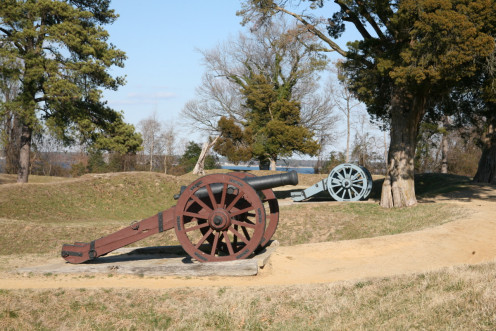
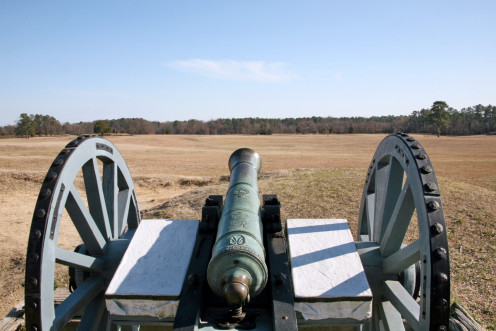
America Could Not Have Won the Revolution Without the French
Understanding Jamestown & Yorktown History
These sister cities from different centuries are only a short drive from each other and, for next to nothing, visitors will be a welcome guest at the NPS Park. But, if travelers don't mind shelling out a bit more money, visiting two reenactment parks are an option. Each are privately run, educational and entertainment facilities: Jamestown Settlement and Yorktown Victory Center.
When I visited the Jamestown Village, it cost about $40 for our family of four. There we saw period-dress characters in the way of Native Indians, villagers, and seamen on ocean-worthy boats built correctly for the period. At every turn, we were speaking to someone "of the times" who showed us how to do something from those days, such as rope-making, pottery creation, sewing deer skins, or a few sailing skills. There are docent-led tours available but visitors also may take a self-guided tour. Visitors may also learn more about the people and history of the area by choosing a book on the right and having it delivered to your home.
The Nelson House in Yorktown
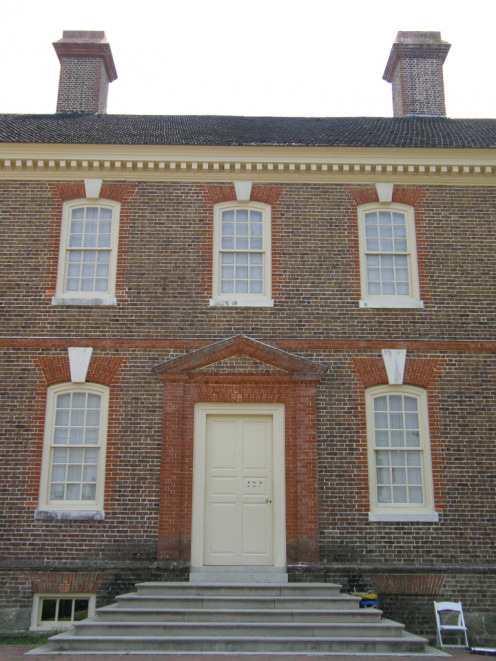
- Historic Jamestowne - Jamestown National Historic Site (NPS)
Historic Jamestowne - Yorktown Battlefield - Yorktown National Battlefield (NPS)
Schedule Of Events - Jamestown Settlement
Jamestown Settlement, living-history museum of early America. - Yorktown Victory Center - The Siege of Yorktown led to American Independence
The Yorktown Victory Center features a museum and recreations of the history of the end of American Revolution and The Revolutionary War.




